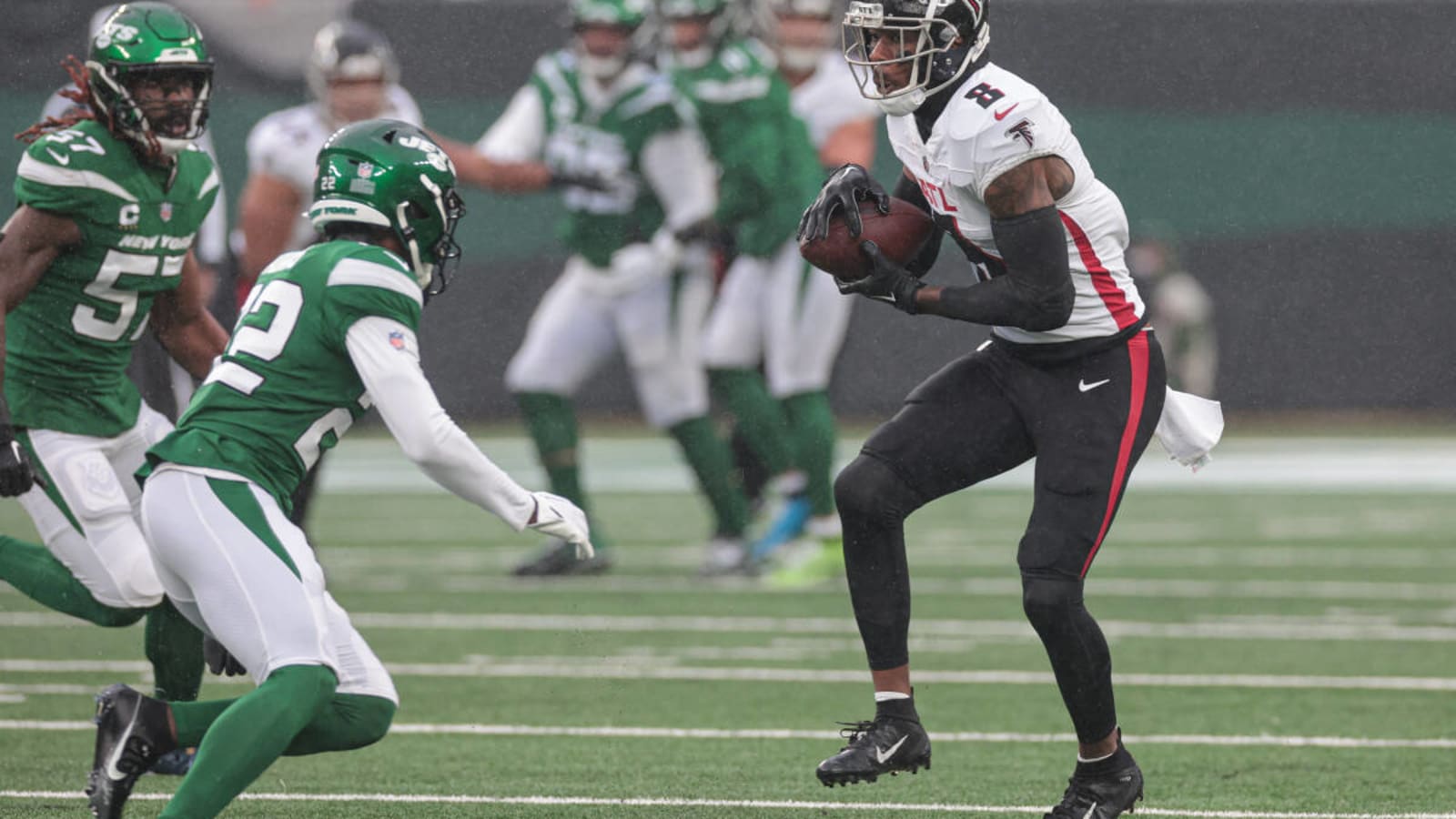
The hype that comes with a “generational” tag next to a prospect’s name might do more harm than good. Atlanta Falcons tight end Kyle Pitts was widely regarded as the best prospect at his position, and he was expected to make a massive impact immediately.
He did. Pitts’ rookie season saw him catch 68 passes for 1,026 yards and a touchdown. However, injuries, quarterback play, and personnel (mis)management from head coach Arthur Smith have taken their toll. Pitts has just 1,023 yards in the two seasons since his rookie campaign and has managed to score only five touchdowns.
Change was necessary, both to save Atlanta’s offense and give Pitts one last chance to succeed before his rookie season gets forgotten. New head coach Raheem Morris brought along Los Angeles Rams quarterbacks coach – and Sean McVay understudy – Zac Robinson to call the shots on offense. What will it mean for Pitts?
Frankly, it’s hard to tell how Robinson may mesh his offense with Pitts’ unique skill set. The Rams didn’t have somebody with Pitts’ blend of size and speed (6-5, 245 with a 4.44 40-yard dash) because most teams don’t. He’s a freak to some, and an out-of-position receiver to others.
However, there may be some clues from Robinson’s tenure in Los Angeles that could be helpful. What immediately sticks out is Pitts’ average depth of target. In 2023, he was targeted 86 times, with an average depth of target of 12 yards. No other tight end with more than 25 targets surpassed 10 yards.
Meanwhile, the Rams’ long-time tight end Tyler Higbee’s mark was set at 6.1 yards. Pitts had never averaged fewer than 11.2 yards downfield, Higbee’s career average is 6.3 yards.
Just by the nature of existing in a new offense, one should expect Pitts to be targeted closer to the line of scrimmage, even if it is still further than the average tight end.
Pitts’ usage resembles a receiver more than a typical in-line tight end, though he may be asked to block a little more than people expect. Per Pro Football Focus, Pitts has never been in pass protection on more than 6.3 percent of his team’s dropbacks – he has just 40 pass-blocking snaps total – but he’s graded out better than one would expect, posting above-average marks each year. It’s encouraging, even if marred by small-sample bias.
Unfortunately, the same can’t be said for his run blocking, which has pretty much always been bad. That’s not an indictment on Pitts as much as it is a reminder that he’s approximately 245 pounds.
He’ll likely be used as a receiver, though how Robinson envisions that role is yet to be seen. It’s worth noting that while the Rams were far from afraid to attack downfield, neither star receiver – Cooper Kupp or Puka Nacua – saw an average depth of target over 10 yards. They ate over the middle of the field and in the quick and intermediate passing game.
Pitts may benefit from more targets over the middle of the field, but both Los Angeles stars are more nuanced receivers than Pitts and seem to be more trustworthy in lining up and winning their respective reps.
None of the once-generational tight end’s production is guaranteed. But Robinson in the end may be the third-most important factor in his fate. Staying healthy and wishing on his lucky stars that the Falcons’ quarterback play improves would do more for his prospects than any offensive innovation his new coordinator brings with him.
More must-reads:
- Broncos' Sean Payton shares promising Bo Nix update amid competition
- Bills give Olympic gold medalist chance in NFL
- The 'Recent seasons with 1,000 receiving yards' quiz
Breaking News
Customize Your Newsletter
 +
+
Get the latest news and rumors, customized to your favorite sports and teams. Emailed daily. Always free!

